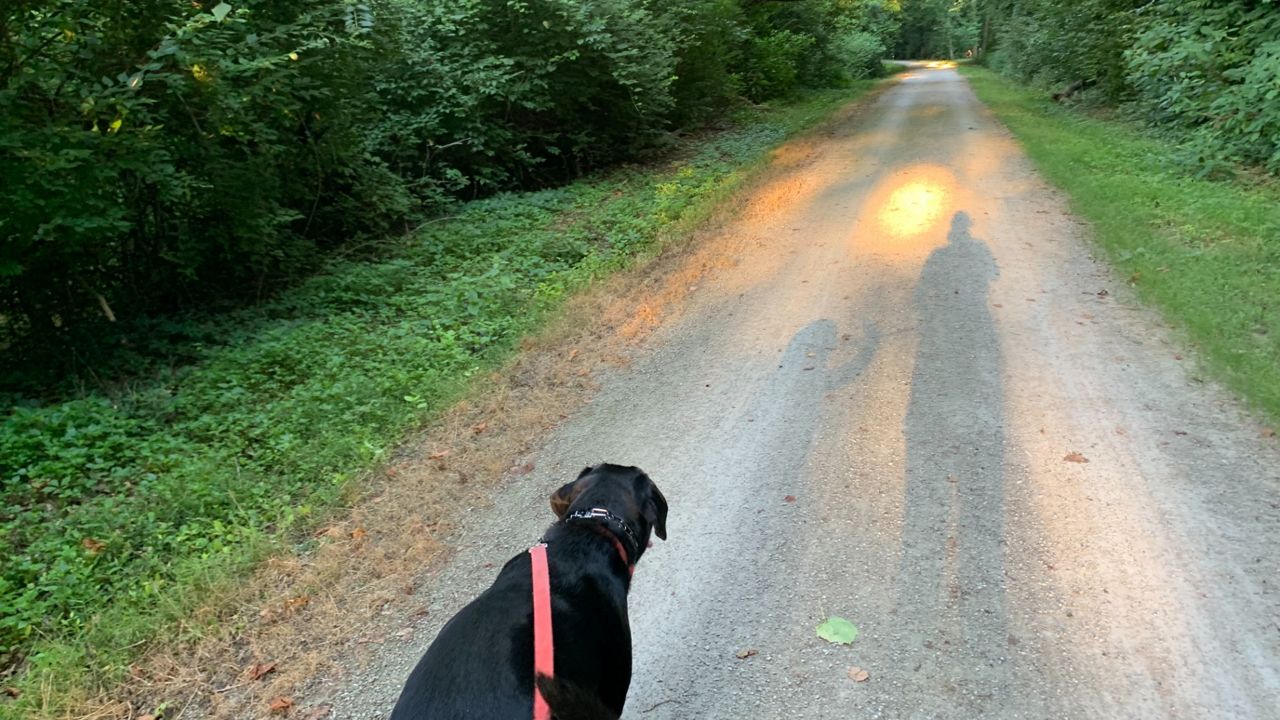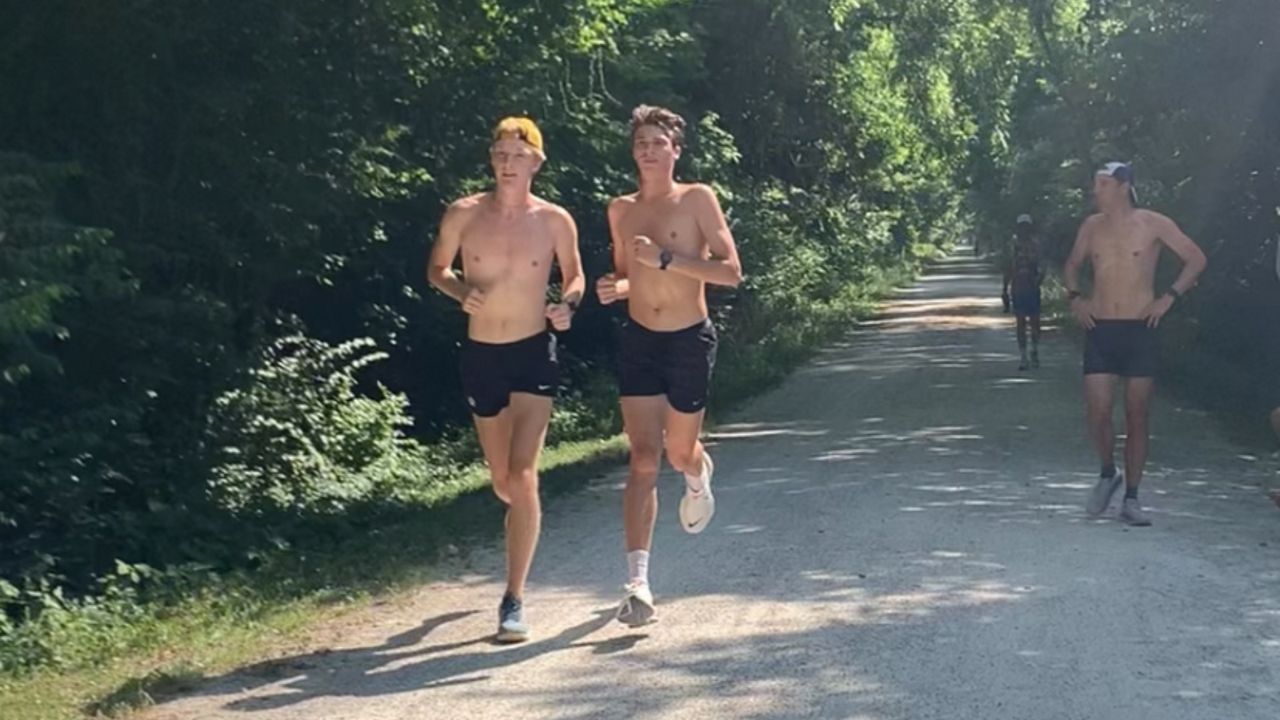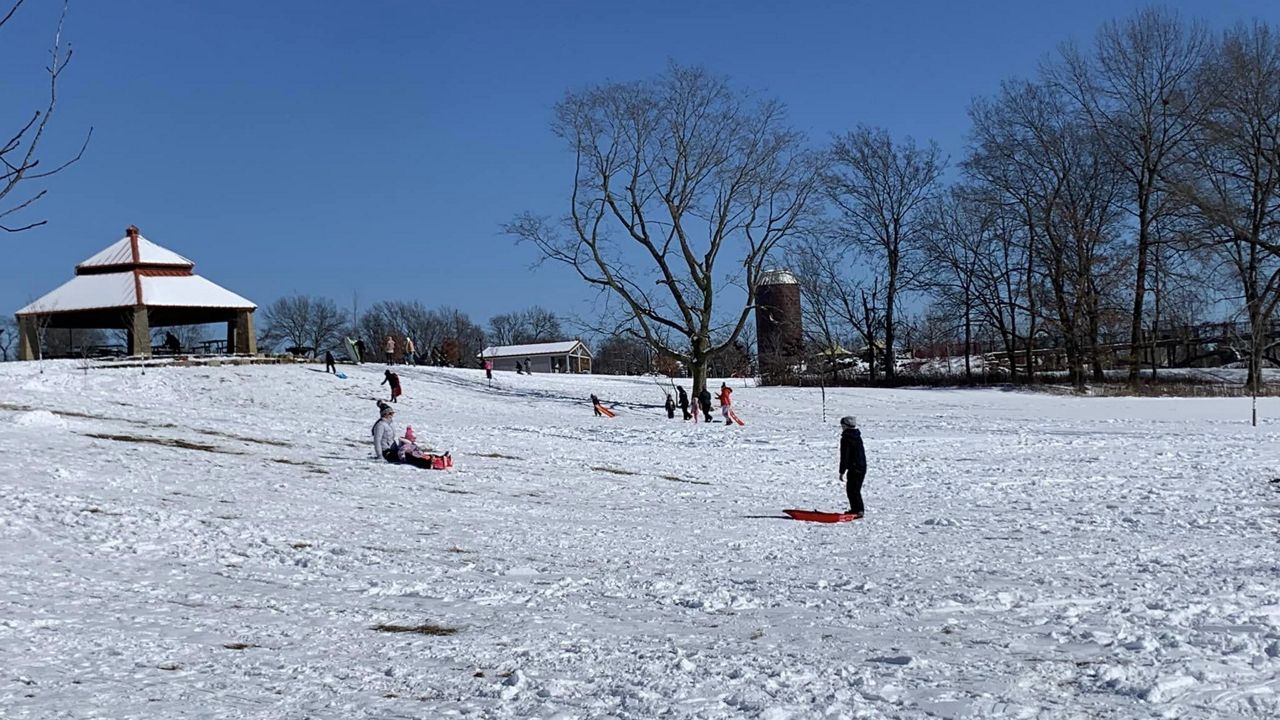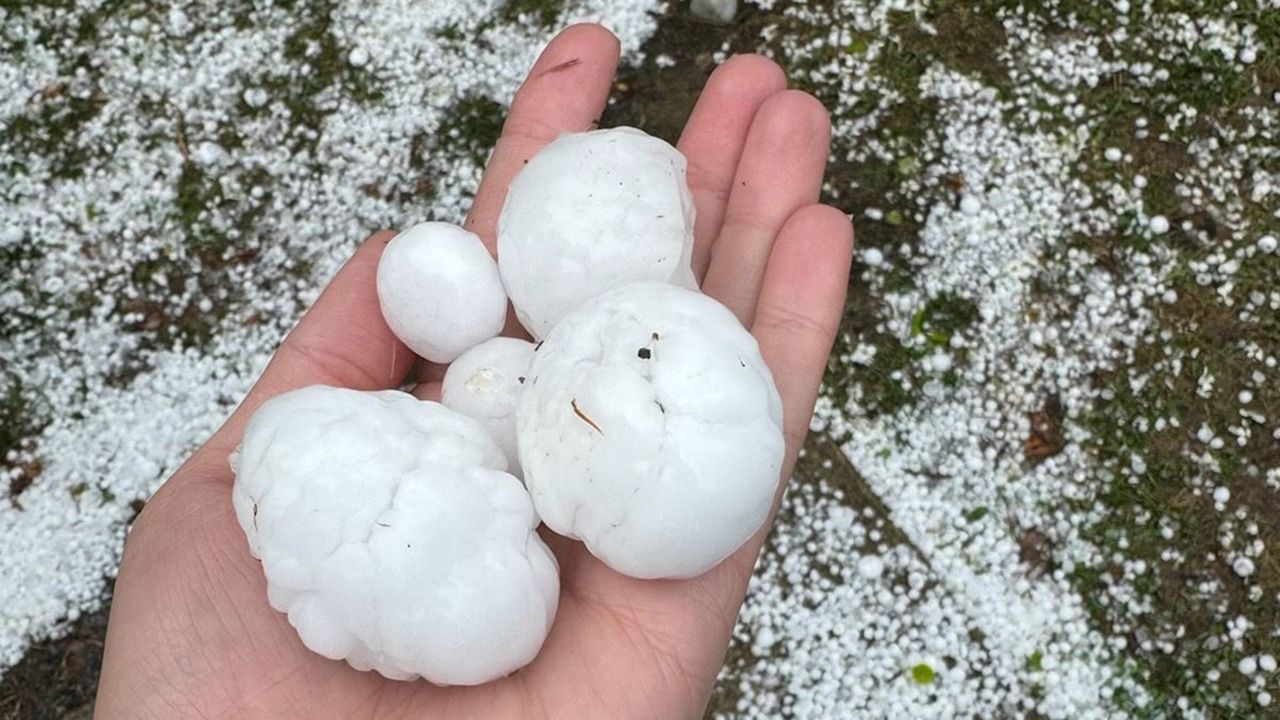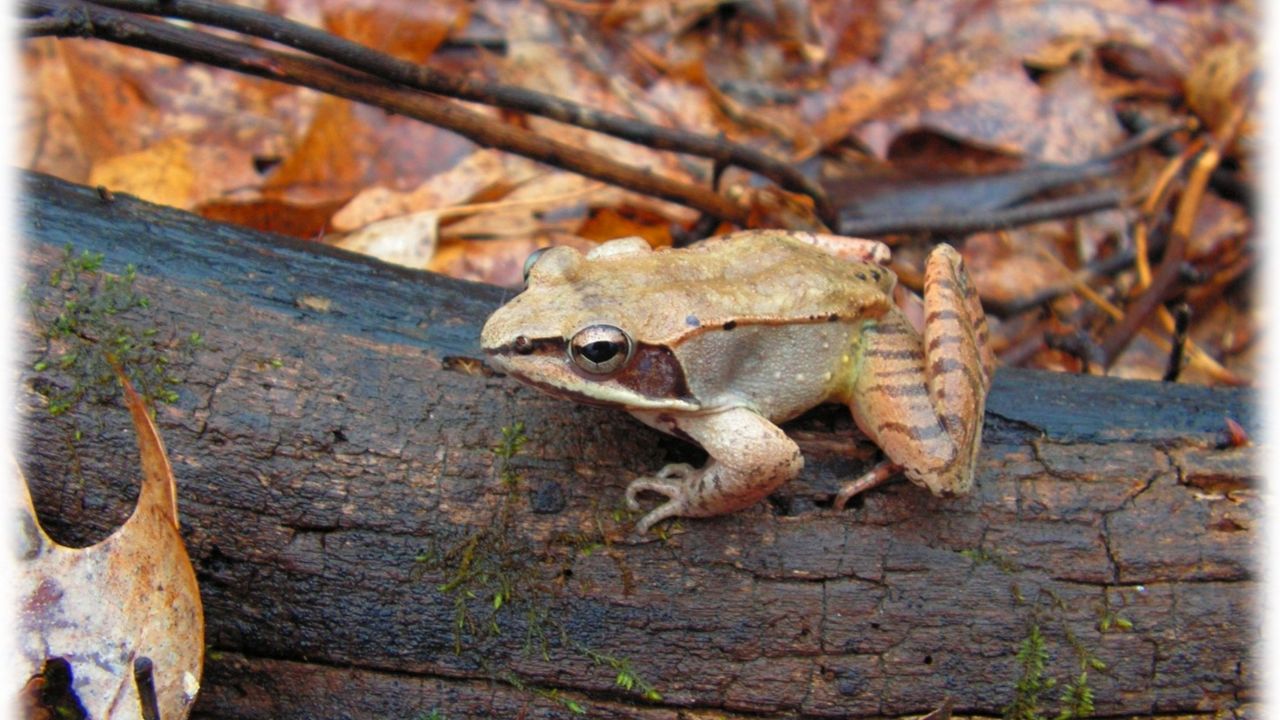It’s summer, and that means hot and humid conditions are here to stay in St. Louis. What’s a runner to do?
If you are someone who is new to running, don’t fear the heat. Embrace it, as long as you do it safely.
As an outside runner, I’m not one to let the heat stop me from enjoying my favorite pastime. I’ve learned how to adapt my training to the heat, and doing so has led to some pretty outstanding PBs (Personal Bests) for the fall racing season.
The key points, run early. You may not like getting up early in the morning, but it is when it is the coolest. If the mercury climbs to 100 degrees during the heat of the day, that 75 degrees at sunrise doesn’t sound all that bad.
However, note it may be a more humid time of day, so having water with you is ideal. Find a shaded route. That will help you stay cooler longer.
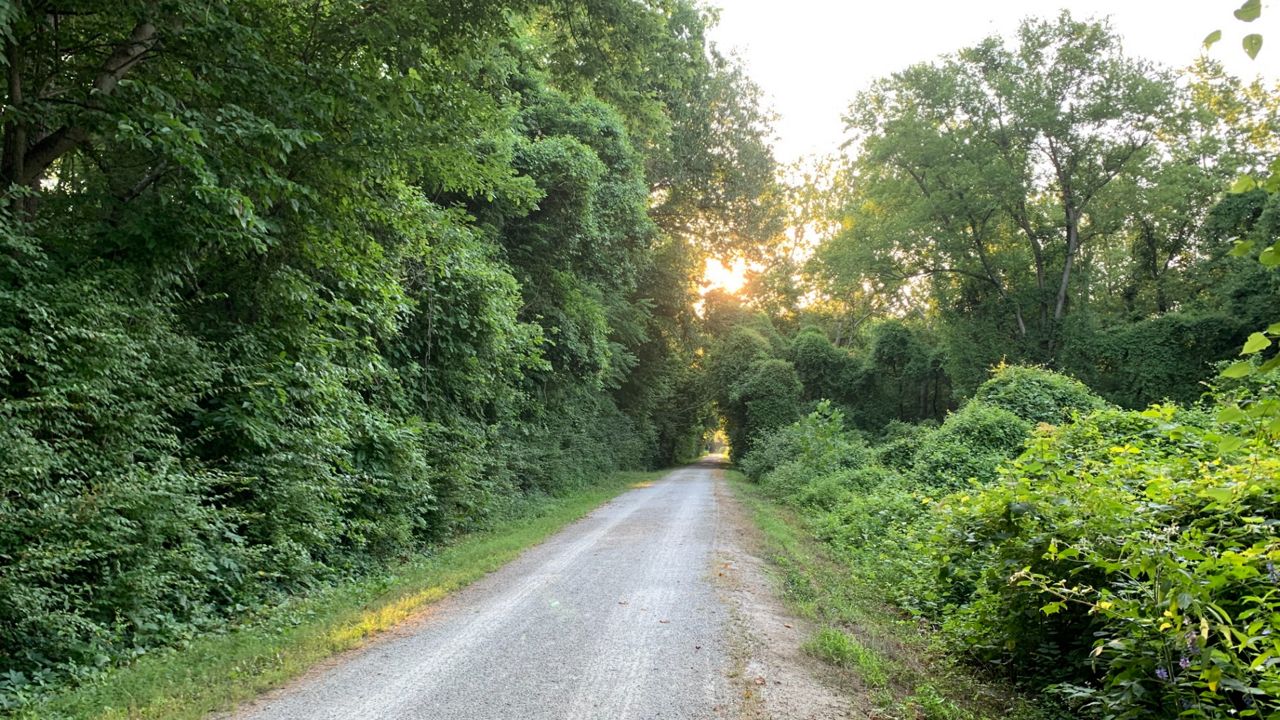
Some experts say hydration isn’t necessary until you run for over an hour, but I think it is a preference, and I’m someone who always drinks during a run. I carry 16–24 oz with me on every run longer than 20 minutes.
Hydrating prior to a run, including the day before and morning of, also helps keep the thirst at bay during a run.
What you wear matters. Nick Doering, store manager of Fleet Feet in St. Charles, Mo., recommends wearing light layers of synthetic fabric for wicking away moisture.
This goes for all clothing, including socks, underwear and sports bras. Synthetic clothes wick moisture away from the body, so cooling evaporation can occur.
Don’t wear dark colored tight-fitting clothes. Light-colored and loose-fitting garments will help keep you cool and reflect the sun’s rays.
Hats and sunglasses are important to protect your eyes and face from the sun. Some people opt for a visor because it traps less heat, but if you use a moisture wicking hat, you will be fine.
Sunscreen is also important. Apply sunscreen before you leave for that route. Don’t forget your arms and legs as those areas are likely to burn.
Now that we know how to dress and what's the best time of day to run, how do we perform at our best when Mother Nature isn’t cooperating?
U.S.- based coach Mark Hadley suggests adjusting your pace, slowing down your run by 0.1% to 0.15% for each degree Fahrenheit above 60 degrees Fahrenheit. Early in the season before you’ve acclimated to the heat, sticking close to that 0.15% is better.
Don’t forget about the humidity. Here in St. Louis, we get hot and humid days. Hadley suggests adding five to ten degrees if the humidity level is high.
For example, running pace is 10 min/mile in ideal weather. If the temperature is 80 degrees F and you were to slow your pace by 0.15% per degree over 60, do (80-60 = 20 degrees F. 20 x 0.15% - 3.0%).
Three percent slower than 10 min/mile would be a 10:18 min/mile pace (to calculate 10 x 0.03 = 0.3. Take that number and convert it to seconds, 0.3 x 60 seconds = 18 seconds, so the new pace is 10:18 min/mile).
If it’s a humid day, add in another 10 degrees, which would change that running pace from 10 min/mile to 10:27 min/mile.
Other ways to adapt to the heat are to shorten your run distance and take frequent walk breaks. Summer is not the time to break new records. Listen to your body. Slow down when you need to and know the signs of heat exhaustion.
Follow these rules and you will have a successful summer of running. Check out some races happening in the fall in our area. Big River and Fleet Feet both have their own local race calendars.
As for me, I’ll keep running this summer and take all the precautions I need to be successful, including leaving Boomer, my running buddy and 100 lb black lab, home when the temperature soars. Read some tips on keeping your pets safe on hot days.
